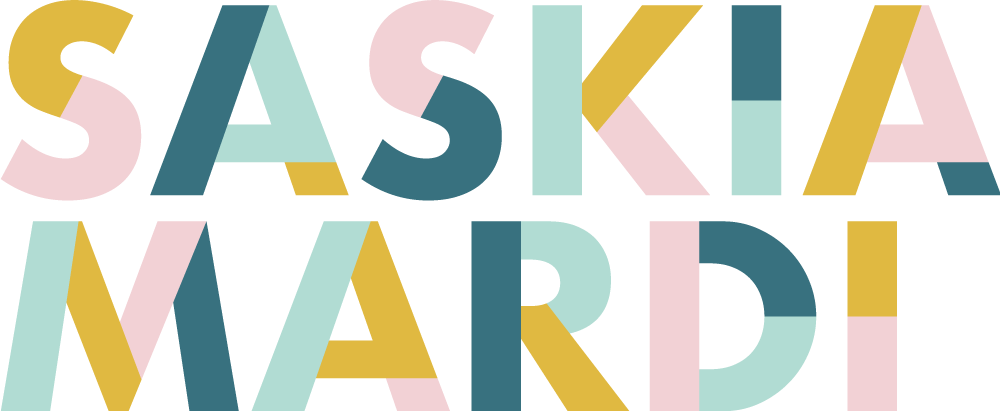WHAT IS BUSINESS MINIMALISM
When I first started my business I was juggling a day job, a new born and (trying to have) a life. In retrospect, maybe it wasn’t the best time to start a business…. or was it?
Because I was short on time, I had to get creative with it. Out of necessity, I again turned to minimalism, this time addressing tasks, rather than things.
But what exactly is minimalism? It’s not a competition to have the least amount of things, but rather to strip away the unnecessary. There is no one-size-fits all magic number of items you should own, nor do you have to live in a tiny house. In its essence, minimalism all comes down to mindset.
Minimalism for me, is freedom. Freedom to create a life or a business, on my own terms. Freedom to create head space and freedom to have enough time, money and sanity for the things that I love.
A few years earlier I was forced into a minimalist way of life which I had soon grown to love, and when strapped for time in my work, I though why not implement the same ideas of minimalism to my online business. Rather than decluttering my closet, my kitchenware and redefining my physical space, I declutter my calendar, my to-do list and redefined my business values.
BUSINESS MINIMALISM IN 3 STEPS
STEP 1: ELIMINATE
Not all tasks are created equal. Some are trivial and others are essential. By cementing your business values, priorities and goals, it will be able to identify which are aligned with them and therefore essential.
Business Minimalism is a more mindful way of approaching your business. So many things we do out of habit or because ‘that's how every body does it’, but by asking yourself the hard questions - you break the mold. Taking the time to continually reflect, asses and ask the hard questions to see if you are still aligned with your business priorities:
“why am I doing this?”
(eg: working 9 - 5)
“do we actually need this?”
(eg: is this meeting necessary)
“Is this helping to support my business priorities?”
(eg: or am I just ‘busy’ or doing what every one else is?)
“Do I want to work with this kind of client?”
(eg: or am I just doing it for the money)
STEP 2 : SIMPLIFY
From here we want to make the tasks we have left on our trimmed down to-do list get done in the most efficient and productive ways possible. Create systems and workflows for your repeat tasks, figure out what you can delegate and which you can automate.
This phase is going to take some upfront work on your behalf, but once you have simplified your systems, they are going to do all the heavy lifting for you.
You will no longer waste time or brain power wondering ‘what is the next step’ cos you can simply follow along your systems. Bonus, once you are able to delegate handovers will be a breeze.
STEP 3: UPKEEP
Just like Marie Kondo-ing your home, you can tidy up, declutter and set up systems as much as you want, but if you haven’t cultivated the habits to keep this up, soon enough you will be back to your overflowing inbox, task list and calendar.
Each day, week and quarter you must set aside the time for upkeep. Some of my favourites are:
a quick 15-minute tidy up at the end of the day - empty your downloads folder and desktop and prepare for your tasks or appointments the next day.
a weekly review at the end of your week. Reflect on the past week and prepare for the coming week
creating a 90-day plan at the start of each quarter.
These steps can sound simple in theory but realistically, can take a lot of time and motivation to put them in play and that’s exactly why I do what I do. So people don’t have to wing it or try to reinvent the wheel. Nothing gives me more joy that helping others to realise there is a simpler way to run their business, without having to sacrifice their income.
Sound exactly like what the doctor ordered? Head on over to my calendar to book in a chat.

